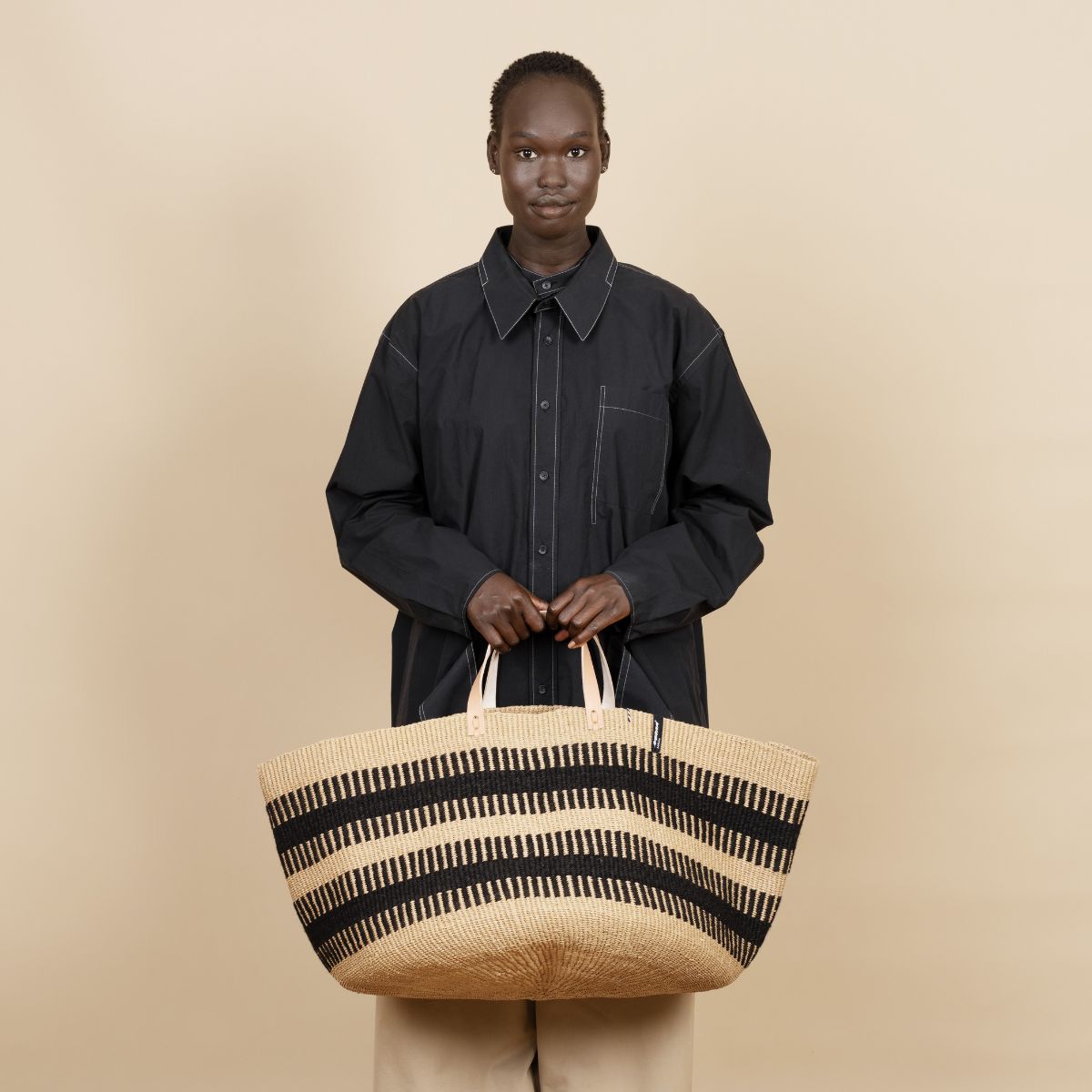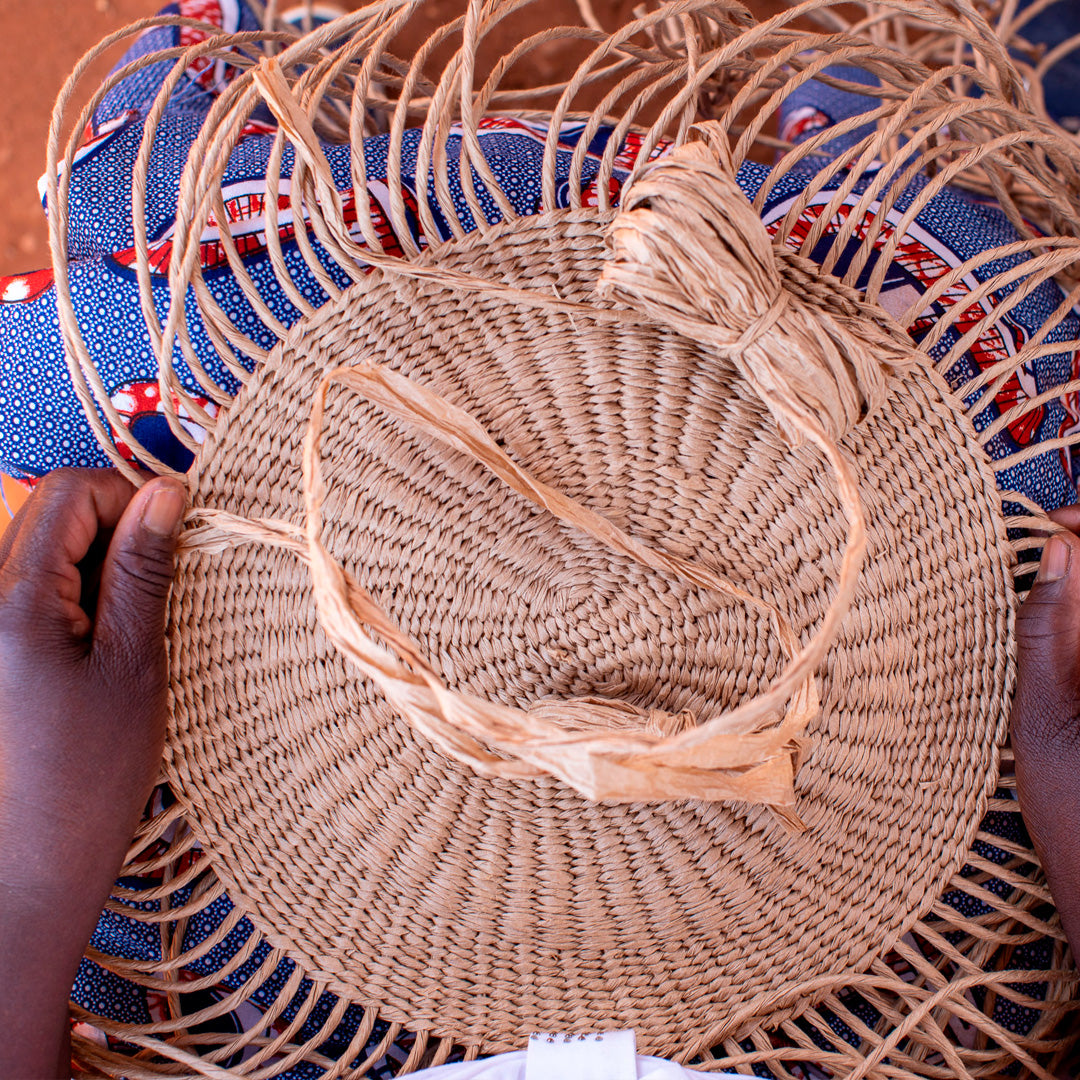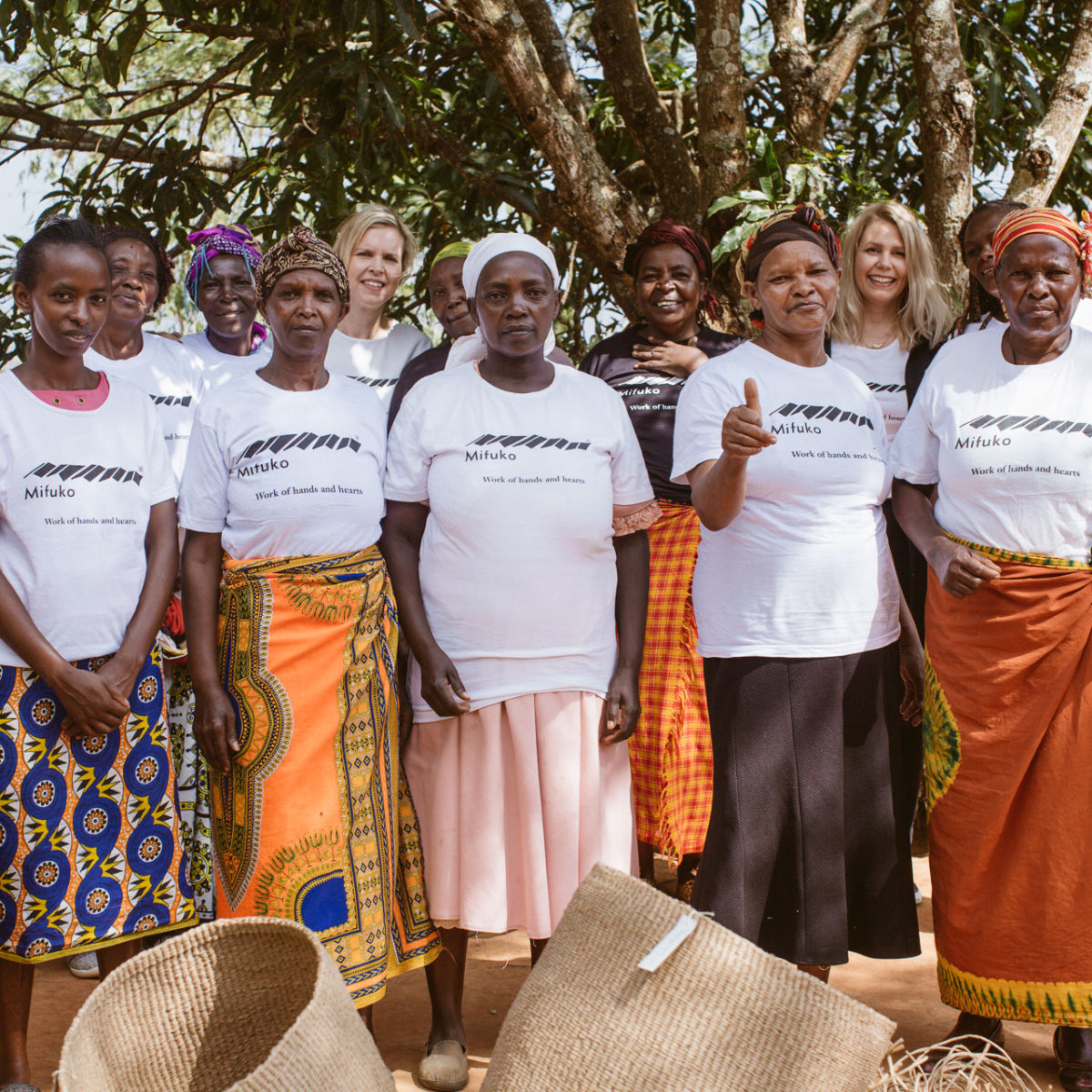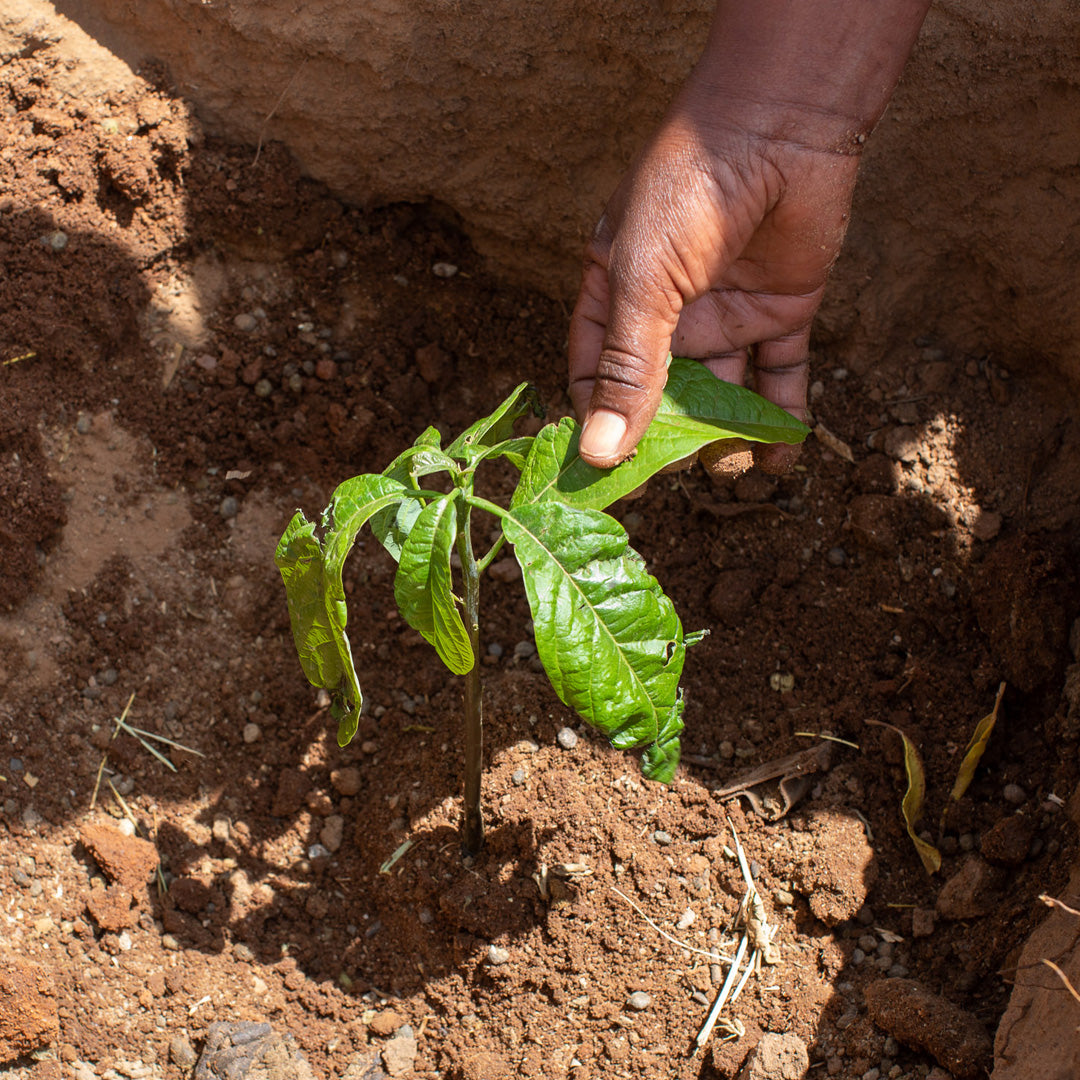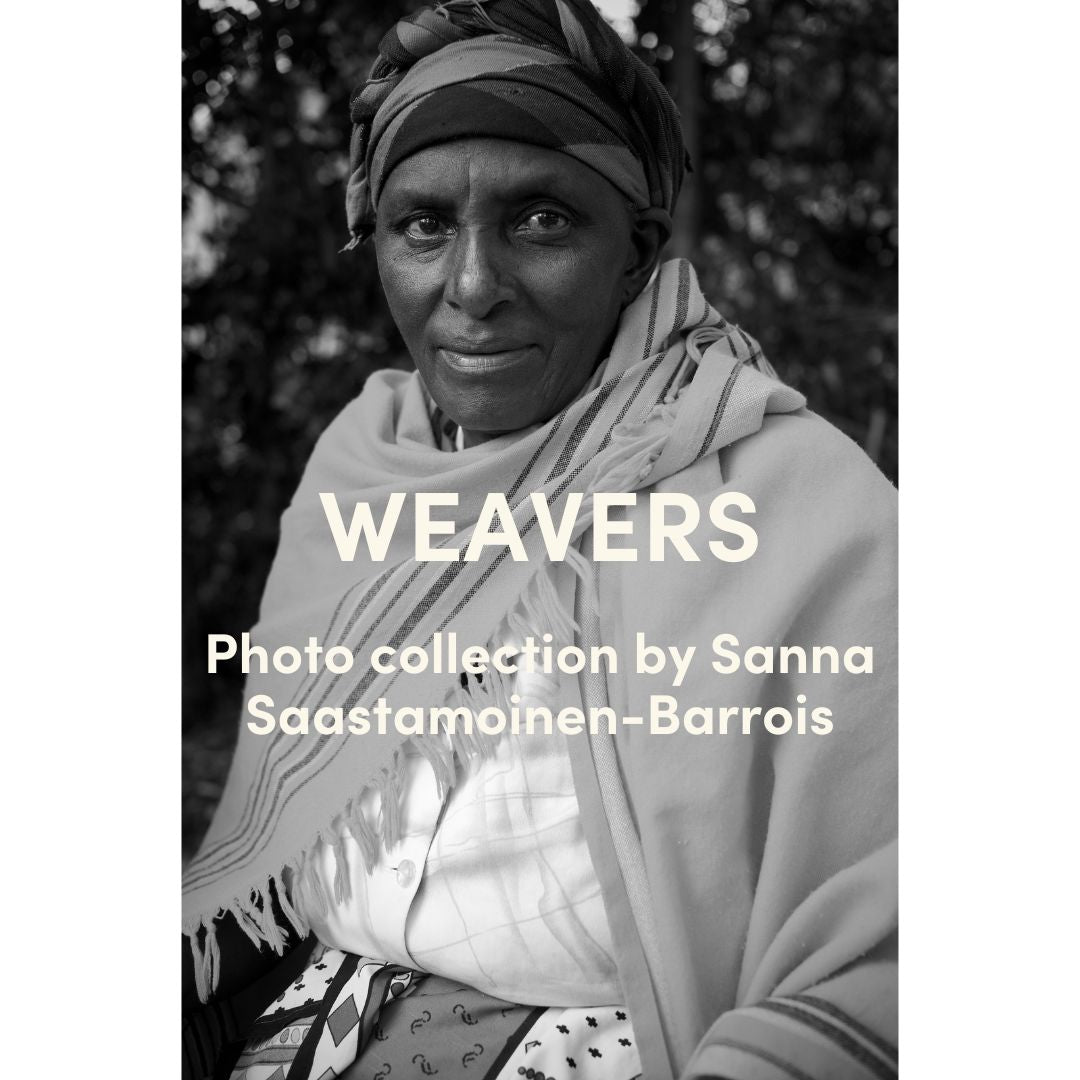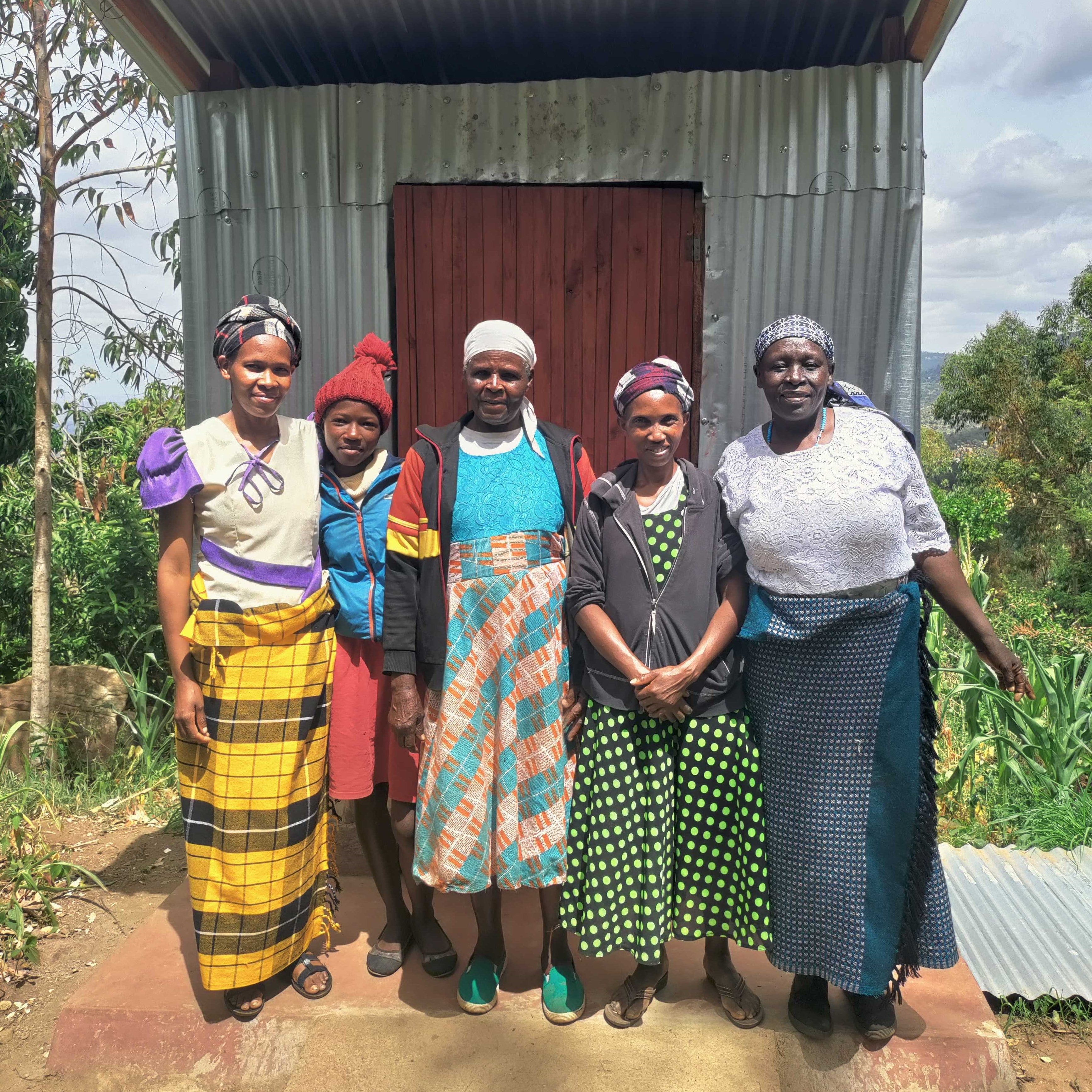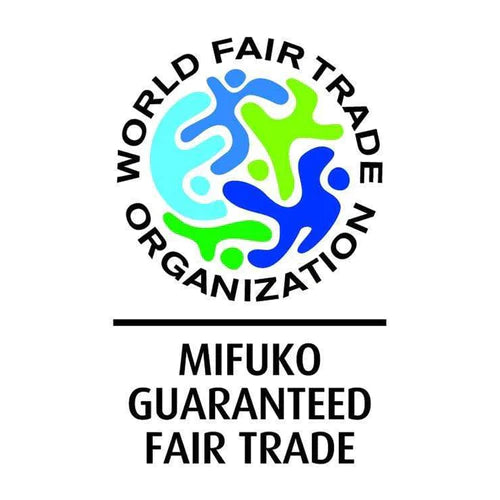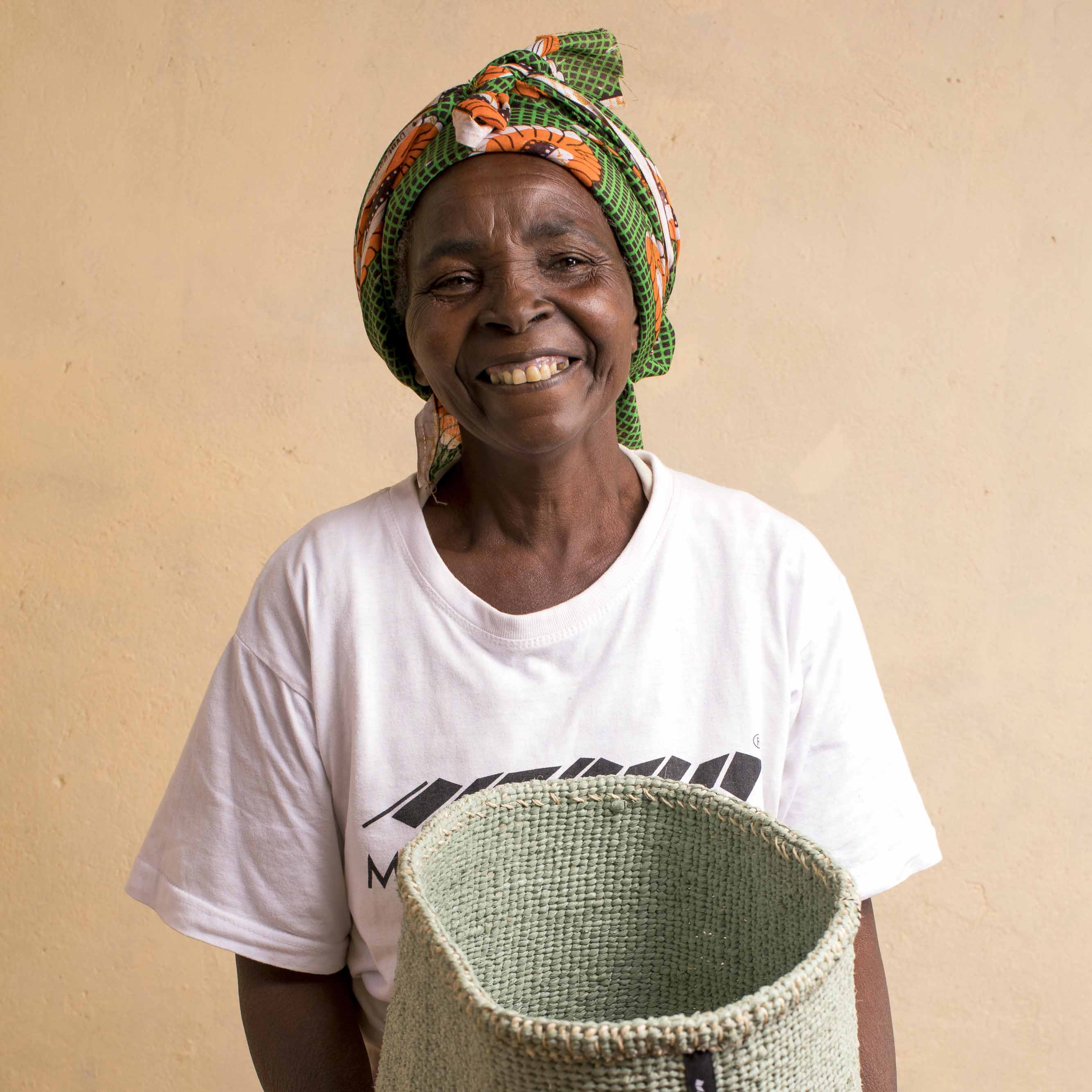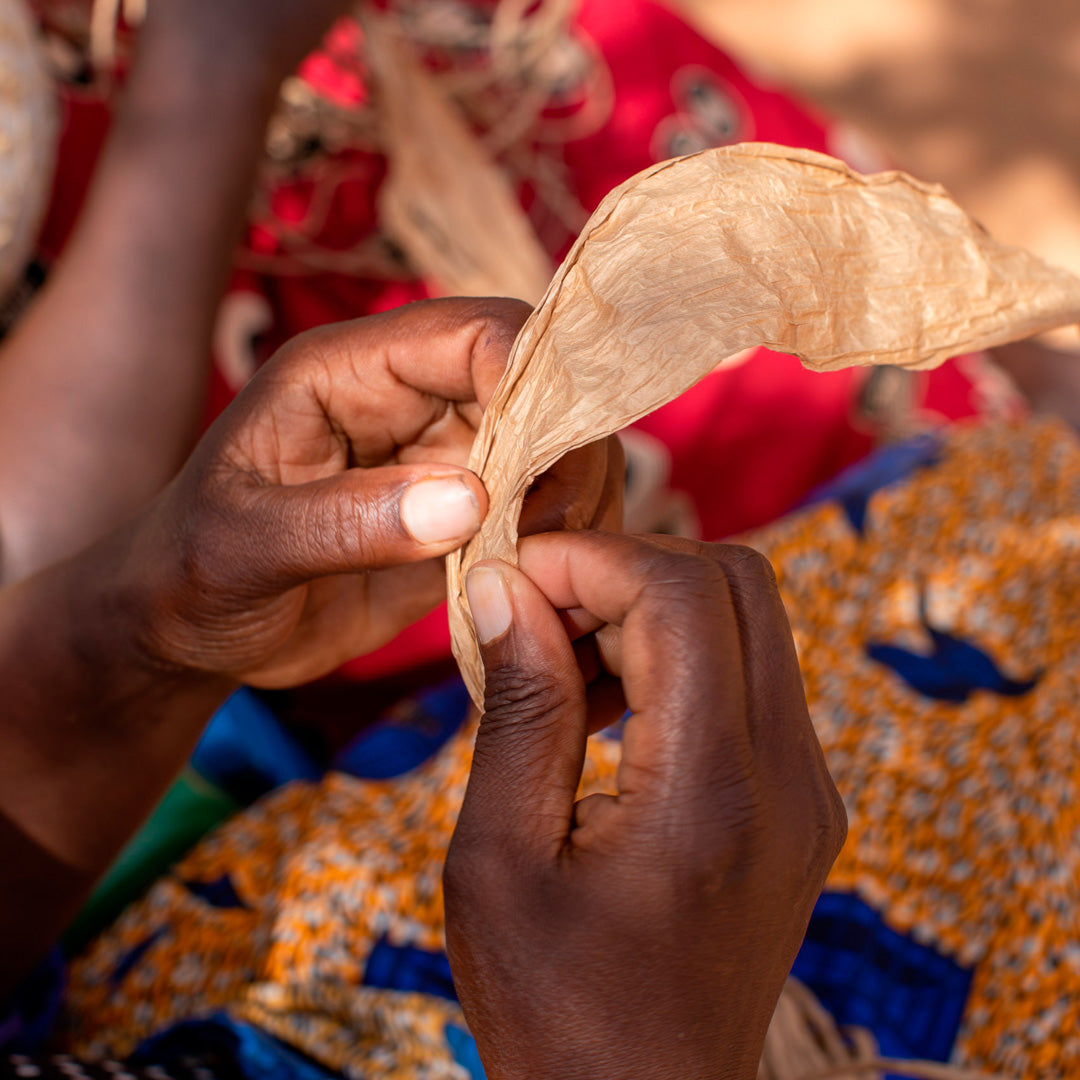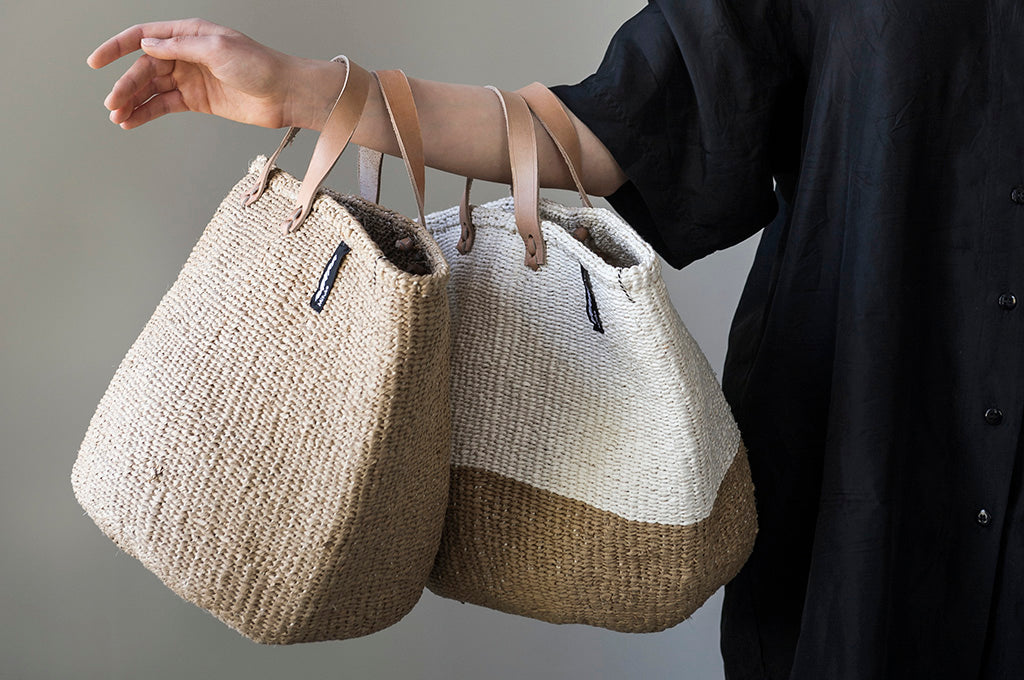Daniela Tapprest | Mifuko
Fashion is nowadays available to a bigger group of consumers than ever before; prices are extremely low due to mass-production and standardisation. Although buying fashion items is made extremely easy, finding out how the product is made can be incredibly hard. Usually the tag tells where the product is made and from which materials. However, it doesn’t say where the materials are from, how much water and other resources where used and how much greenhouse gas emissions were released during the production.
Fashion industry is the second biggest polluter in the world, its greenhouse gas emissions as big as maritime shipping and international flights combined. The amount of clothes produced has doubled since the start of the millenium, and just keeps growing. With the current growth rate – if nothing is done – by year 2050 the fashion and textile industry will devour a fourth of the carbon budget.
Not only does the textile production pollute the air, but also our waters. 20% of water pollution comes from textile treatment and dying as in most of the countries in which garments are produced, untreated toxic wastewaters from textiles factories are dumped directly into the rivers. Also, when washed, some garments release plastic microfibres that end up in our oceans and are eventually eaten by marine organisms.
While there is a shortage of water in many parts of the world, the amount of water used for the treatment of textiles is huge: a ton of dyed fabric can can take up to 200 tons of fresh water. The production of some raw materials can also consume extensive amounts of water. For example, since cotton is often cultivated in warm and dry areas, up to 20,000 liters of water are needed to produce just 1kg of cotton.
What comes to the usage of land in the production of these materials can’t be praised either. Soil, a fundamental element of our ecosystems, is degraded due to massive use of chemicals to grow cotton and the overgrazing of pastures through cashmere goats and sheep raised for their wool. Moreover, endangered and ancient forests are cut down and replaced by plantations of trees used to make wood-based fabrics such as rayon, viscose, and modal.
The root problem in the fashion and textile industry is that they operate in an almost completely linear way: huge amounts of non-renewable resources are extracted to produce items that are often used for only a short time, after which they are sent to a landfill. Worldwide, the average number of times a garment is worn before it ceases to be used has decreased by 36% compared to 15 years ago. A family in the western world throws away an average of 30 kg of clothing each year, from which only 15% is recycled or donated. Even if they are recycled, up to 70 percent of the clothes donated to charity end up in Africa, where the waste disposal system is inadequate or nonexistent. Synthetic fibers, such as polyester, are plastic fibers which can take up to 200 years to decompose.
Since the production of the raw materials burdens the environment the most, textiles and fashion items should stay in use for as long as possible. Therefore, as often as possible, we should choose products that we know are good quality and therefore long-lasting; for example to choose products that are made with organic and natural fibers or recycled materials.
At Mifuko we aim to make our bags and baskets as durable as possible, both through choices in material and design. The plastic we use is partly recycled and the paper baskets are made with recycled paper. Since the baskets and bags are made by hand, no greenhouse gas emissions are produced nor water is used. We sincerely hope that our products can find a forever home and stay in use for years and decades to come!
Resources:
Fletcher, K. (2010) Slow fashion: An invitation for systems change. The Journal of Design, Creative Process, and the Fashion Industry, Vol. 2 (2), 259—265.
Ellen MacArthur Foundation (2017) A New Textiles Economy: Redesigning Fashion’s Future. Available online as PDF: <https://www.ellenmacarthurfoundation.org/assets/downloads/publications/A-New-Textiles-Economy_Summary-of-Findings_Updated_1-12-17.pdf>
Sustain Your Style: <https://www.sustainyourstyle.org/old-environmental-impacts/>

